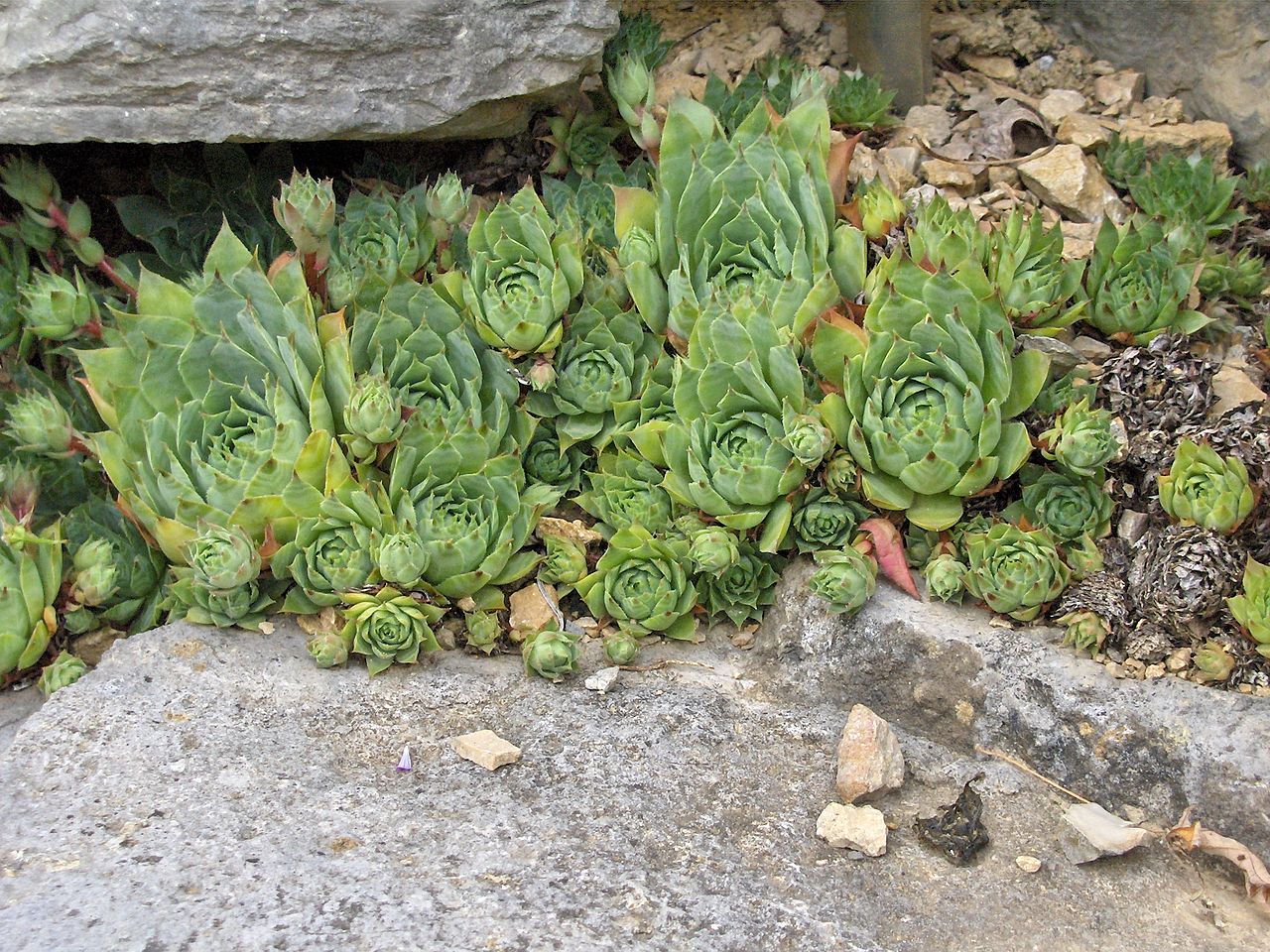 |
| August 5, 2016 |
A. M. — On river.
Mikania a day or two. Polygonum amphibium in water, slightly hairy, well out. Polygonum orientate, how long?
P. M. — To house-leek via Assabet Bath.
Trichostema, maybe several days in some places. Nightshade berries, how long ?
When I crossed the new stone bridge a great water adder lay on it, full five feet long and nearly as big round as my arm. It turned and ran along, with a coarse grating rustle, to the end of the railing, and then dropped deliberately head foremost from the last abutment, full nine feet, to the gravelly ground, amid the osiers, making a loud sound when he struck; at once took to the water, and showed his head amid the pads. I also saw another similar one at House-leek Rock.
Centaurea well out, how long?
Aster dumosus, apparently a day or two, with its large conspicuous flower-buds at the end of the branchlets and linear-spatulate involucral scales.
At haunted house site, as at Bittern Cliff grain-field, I see much apparent Euphorbia maculata semi-erect in the grass. Eupatorium pubescens, by Pear Path.
I now find an abundance of the clustered rubus ripe. It is not large and has a clammy, subacid taste, but some are very sweet. Clusters generally drooping.
 |
| Hypericum mutilum, dwart St. John’s-wort, August 2, 2019 |
S. lanceolata, some days. S. nemoralis, two or three days.
Choke-cherries near House-leek Rock begin to be ripe, though still red. They are scarcely edible, but their beauty atones for it. See those handsome racemes of ten or twelve cherries each, dark glossy red, semi- transparent. You love them not the less because they are not quite palatable. Along fences or hedgerows.
 |
| Sempervivium (houseleek ~ hen & chickens) |
The children call the pretty clusters of radical leaves hen and chickens. In this case the radical leaves are withered, and a fusiform root sustains the flower. This one is not on the bare rock, but lower amid the huckleberry bushes.
At the Assabet stone bridge, apparently freshly in flower, — though it may have been out nearly as long as the androscemifolium, — apparently the Apocynum cannabinum var. hypericifolium (?). The tallest is four feet high. The flowers very small (hardly more than an eighth of an inch in diameter), the segments of the corolla not revolute but nearly erect. There are twenty to thirty flowers at end of a branch. The divisions of the calyx are longer than in the common, long ovate. Yet it differs from Gray's hypericifolium in having flowers rose-streaked within like the common, the cymes not shorter than the leaves, and the tube of the corolla rather longer than the divisions of the calyx. The leaves are hardly more downy or heart-shaped below than the common. Hypericifolium is a separate species in Pursh and some others. And the branches are less ascending than the common, making an angle of about 62° with the stem (the four lower), while three of the lower of a common one make an angle of 44°.
H. D. Thoreau, Journal, August 5, 1856
Now, at 4 p. m . . .The Hypericum mutilum is abundantly open . .. sometimes fifteen inches high, while the Canadense and angulatum are shut. See August 12, 1856 ("11 a. m. . . . The Hypericum mutilum is well out at this hour."); August 17, 1856 ("Hypericum Canadense well out at 2 p. m"); .August 19, 1856 ("I see Hypericum Canadense and mutilum abundantly open at 3 p. m"); August 27, 1856 ("Hypericum Canadense and mutilum now pretty generally open at 4 P.M., thus late in the season, it being more moist and cooler."). See also A Book of the Seasons, by Henry Thoreau, St. Johns-wort (Hypericum)
A great water adder . . .full five feet long and nearly as big round as my arm . . . See July 23, 1856("water adder killed on the 15th and left hanging on a twig"); July 15, 1856 ("It was about three feet long, but large round in proportion, with about one hundred and forty abdominal plates and a long, slender tail. . . .").
Choke-cherries. . .scarcely edible, but their beauty atones for it. See September 3, 1853 ("Now is the season for those comparatively rare but beautiful wild berries which are not food for man. . . ., it is strange that we do not devote an hour in the year to gathering those which are beautiful to the eye. It behooves me to go a-berrying in this sense once a year at least. . . .”)
August 5. See A Book of the Seasons, by Henry Thoreau, August 5
A Book of the Seasons, by Henry Thoreau"A book, each page written in its own season,out-of-doors, in its own locality."
~edited, assembled and rewritten by zphx © 2009-2021


No comments:
Post a Comment